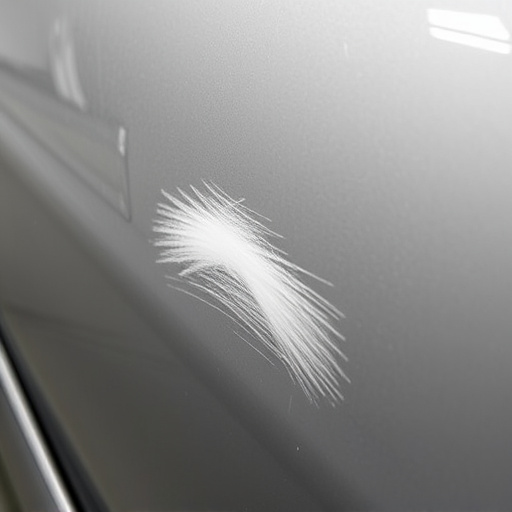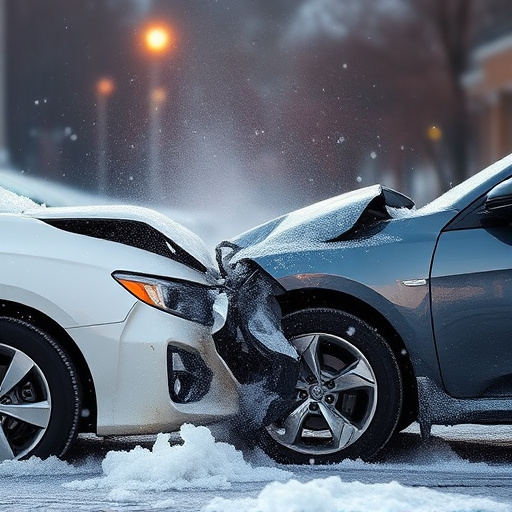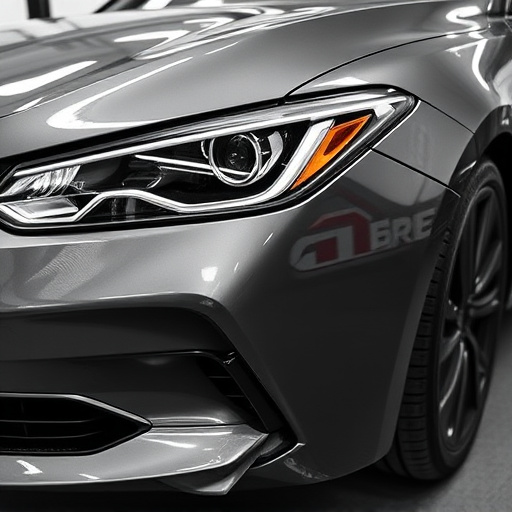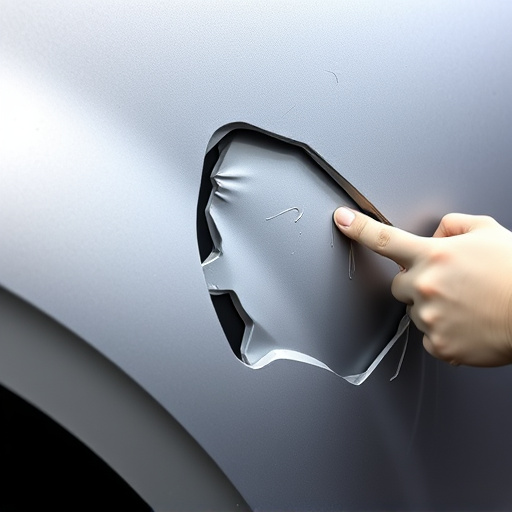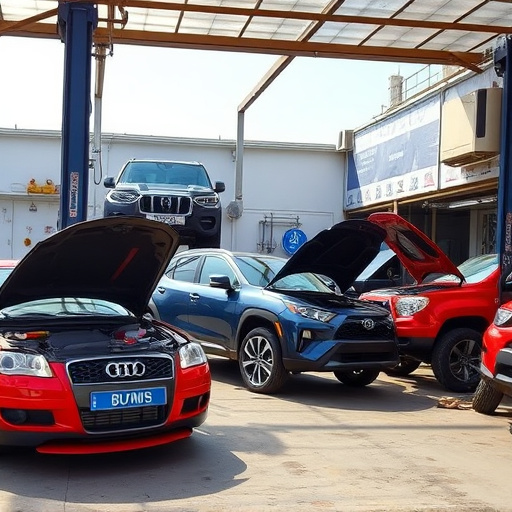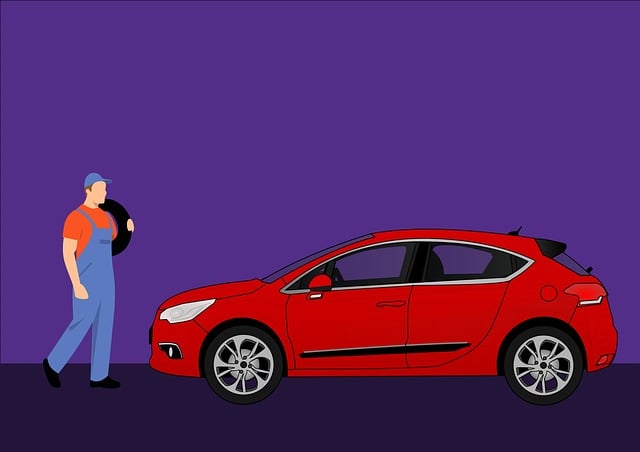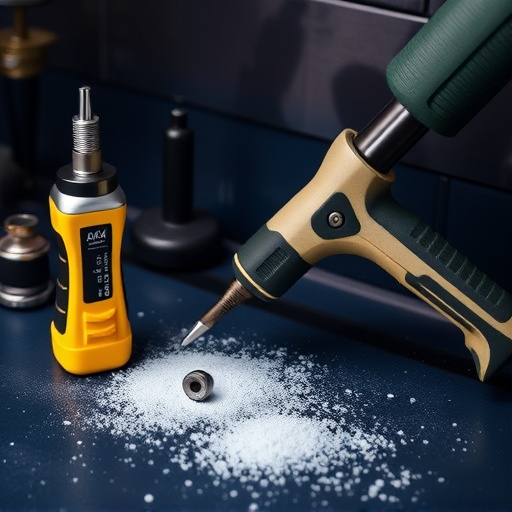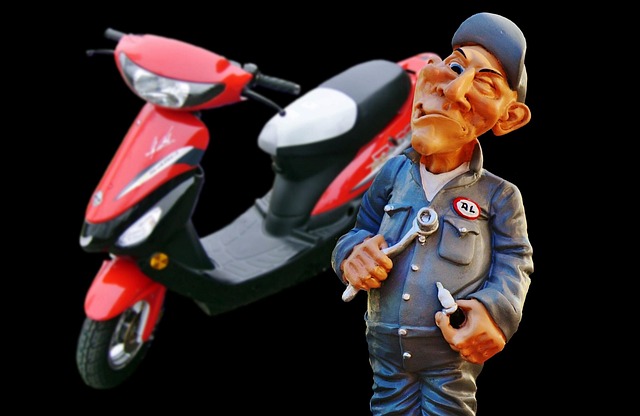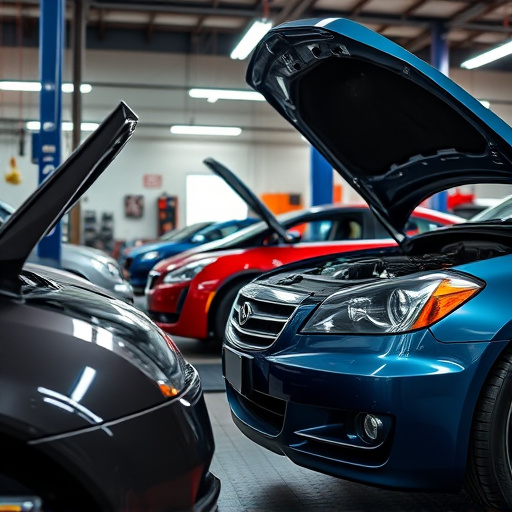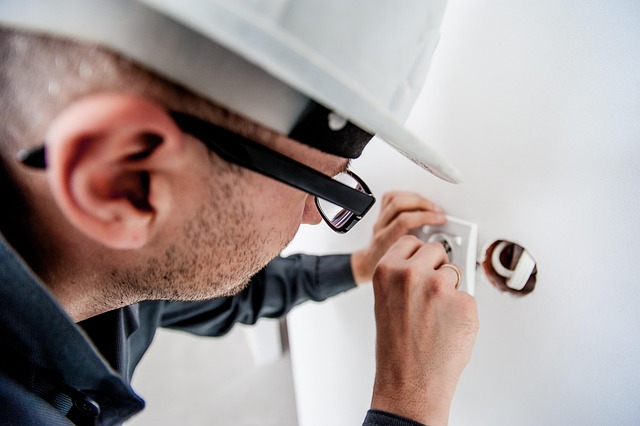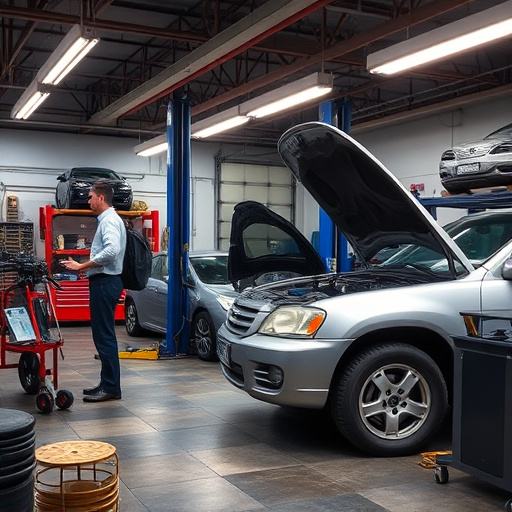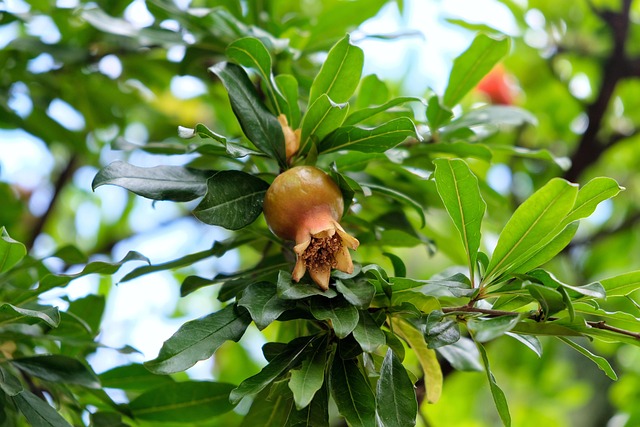Extreme weather conditions pose challenges for automotive refinishing. High humidity slows curing, heat accelerates drying but risks damage, and UV exposure contributes to wear. Refinishers adapt techniques with specialized coatings, heat lamps, proper ventilation, and tire services. Collision centers should adjust processes based on local climate, using degassing chambers and climate-specific coatings for optimal results year-round.
Climate conditions play a pivotal role in the outcome of automotive refinishing, from paint adhesion to curing speeds. This article delves into the intricate relationship between weather patterns and vehicle repainting results. We explore how extreme temperatures and humidity levels can pose challenges or facilitate optimal finishing. By understanding these environmental factors, professionals can adapt refining techniques and materials to ensure superior automotive refinishing across diverse climates.
- Understanding Climate's Impact on Paint Jobs
- Extreme Temperatures: Challenges and Solutions
- Optimizing Refinishing Outcomes in Different Weather
Understanding Climate's Impact on Paint Jobs

The climate plays a significant role in determining the success and longevity of automotive refinishing projects.
Different weather conditions can significantly affect paint jobs, from drying times to color consistency and overall durability. For instance, humid environments can lead to longer drying times for car paint repair, potentially causing imperfections or even preventing proper adhesion. Conversely, extreme heat accelerates the curing process but may also cause rapid fading or yellowing of freshly restored vehicle surfaces. Understanding these nuances is essential when considering vehicle restoration, as it dictates the choice of materials, application techniques, and post-refinishing care. Moreover, factors like UV exposure, rain, and temperature fluctuations contribute to the overall wear and tear on car paint, emphasizing the need for meticulous refinishing practices that account for local climate conditions.
Extreme Temperatures: Challenges and Solutions

Extreme weather conditions can pose significant challenges for automotive refinishing professionals. Temperatures outside the optimal range can impact the curing and drying process of paint jobs, leading to subpar finishes or even delaminating existing coatings. Heat, in particular, accelerates chemical reactions, requiring precise control to prevent premature hardening or blistering. Conversely, cold climates present their own set of issues, slowing down the evaporation rate and prolonging drying times, which can be inconvenient for both workshops and customers alike.
To overcome these obstacles, refinishers must adapt their techniques and tools. For instance, using specialized coatings designed to withstand extreme temperatures or employing heat lamps to expedite curing in cold environments. Regular maintenance, such as providing tire services to ensure optimal road grip during harsh conditions, becomes crucial for both safety and the longevity of newly refinished vehicles, like a meticulous Mercedes Benz repair. Additionally, proper ventilation systems within workshops help mitigate the impact of high humidity levels, often associated with hot summers or wet winters, on the quality of automotive restoration work.
Optimizing Refinishing Outcomes in Different Weather
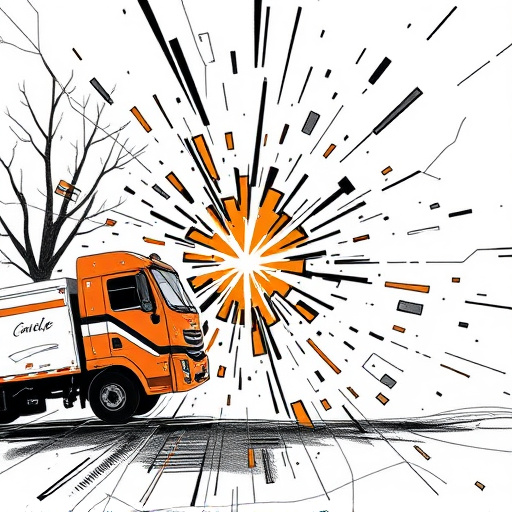
When it comes to automotive refinishing, weather conditions play a significant role in achieving optimal results. Different climates can impact the drying time and quality of paint jobs, affecting the overall finish. For instance, regions with high humidity levels may slow down the curing process, as moisture in the air can interfere with the chemical reaction necessary for a smooth surface. Conversely, hot and sunny weather accelerates drying, which can be beneficial but also leads to potential blistering or uneven coating if not managed properly.
To ensure top-notch refinishing outcomes, collision centers should consider adapting their processes based on local weather conditions. This might include adjusting time allocations for painting and sanding, utilizing specific coatings designed for varying climates, or incorporating additional steps like degassing chambers to mitigate humidity’s effect on the car’s bodywork. By doing so, they can deliver exceptional results, from tire services to comprehensive car body repairs, catering to customers in all seasons.
Climate conditions play a significant role in the success of automotive refinishing projects. Understanding how temperature and humidity affect paint jobs is crucial for achieving optimal results. By implementing solutions tailored to extreme weather, such as controlled environments and appropriate coatings, professionals can ensure lasting and high-quality finishes. Different weather conditions require specific strategies to optimize refinishing outcomes, ensuring that every vehicle leaves the workshop with a flawless, durable coat.
